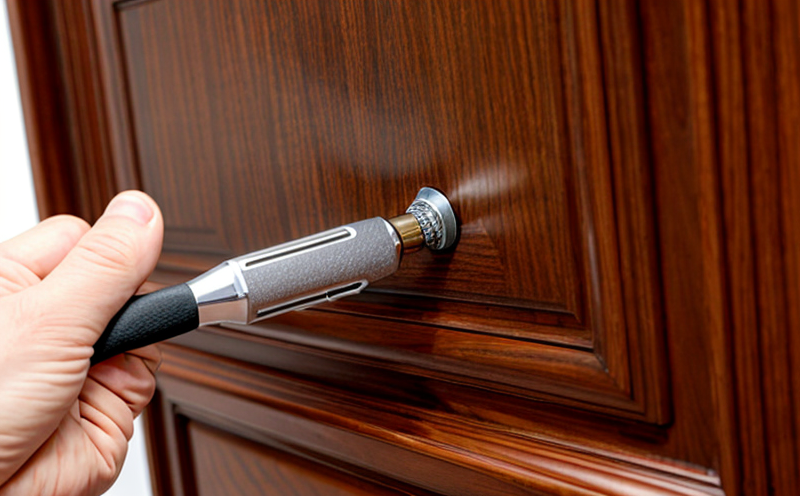Decorative finish inspection
In the construction and building industry, decorative finishes play a crucial role in enhancing aesthetics while providing durability, protection, and safety to buildings. Decorative finish inspection ensures that these finishes meet design specifications and comply with relevant standards, contributing significantly to the overall quality and longevity of structures.
From paint and coatings to stone cladding and plasterwork, decorative finishes are often the first point of contact for occupants and visitors. A thorough inspection process helps identify any defects or inconsistencies early on, allowing for timely correction and ensuring that aesthetic expectations are met. This not only improves customer satisfaction but also minimizes potential risks associated with poor-quality materials.
For quality managers and compliance officers, understanding the intricacies of decorative finish inspection is essential. It involves evaluating various aspects such as color consistency, texture uniformity, adhesion strength, and resistance to environmental factors like moisture and temperature changes. Compliance officers must ensure that these inspections adhere to international standards such as ISO 15926-3 for paints and coatings or ASTM C780 for stucco finishes.
R&D engineers benefit from detailed insights into new materials and techniques used in decorative finishes, ensuring they are both innovative and reliable. They can also leverage advanced testing methods to optimize formulations and improve performance metrics. Meanwhile, procurement teams focus on sourcing high-quality raw materials that meet strict criteria set forth by industry bodies.
| Application Area | Description |
|---|---|
| Painting and Coating | Inspecting paints, varnishes, sealants, and other coating applications to ensure they adhere properly and provide protection against environmental elements. |
| Stone Cladding | Evaluating the installation of natural or artificial stone on buildings for durability and appearance consistency. |
| Plasterwork | Checking plaster finishes for smoothness, strength, and adherence to underlying surfaces. |
| Masonry Sealing | Assessing the effectiveness of sealants applied to masonry to prevent water penetration and maintain aesthetic integrity. |
Why It Matters
The importance of decorative finish inspection cannot be overstated, especially within the context of construction and building projects. Proper inspection ensures that all finishes not only meet aesthetic requirements but also withstand real-world conditions over extended periods.
- Aesthetic Consistency: Ensures uniform color and texture across large areas, enhancing the visual appeal of a project.
- Durability: Identifies any potential weaknesses in finishes that could lead to premature deterioration or damage.
- Health and Safety: Prevents the use of harmful substances that might compromise indoor air quality or pose risks to occupants.
- Liability Management: Helps avoid disputes over non-compliance with contractual obligations by providing clear documentation.
By incorporating comprehensive inspection processes into project workflows, stakeholders can significantly reduce costs associated with rework and maintenance while fostering a culture of excellence in construction practices.
Industry Applications
The application areas for decorative finish inspection are diverse but share common goals: to ensure that finishes contribute positively to the structural integrity, visual appeal, and overall safety of buildings. Below is a detailed look at some key applications:
- Interior Spaces: Inspecting walls, ceilings, floors, and other interior surfaces for decorative finishes.
- Exterior Facades: Evaluating the appearance and performance of finishes on the outer facades of buildings.
- Architectural Features: Assessing specialized decorative elements such as sculptures, statues, and other architectural ornaments.
- Retail Environments: Ensuring that retail spaces have attractive and functional decorative finishes that enhance customer experience.
Quality and Reliability Assurance
Ensuring the quality and reliability of decorative finish inspections is vital for maintaining high standards in the construction industry. Here’s how this can be achieved:
- Pre-inspection Planning: Conduct a detailed pre-inspection to understand project requirements, material specifications, and expected outcomes.
- Standardized Inspection Procedures: Utilize established inspection protocols like those found in ISO 15926-3 and ASTM C780 to ensure consistency across all projects.
- Data Collection: Gather accurate data on various parameters including color, texture, adhesion strength, and resistance properties.
- Reporting: Generate detailed reports highlighting findings and recommendations for improvement.





